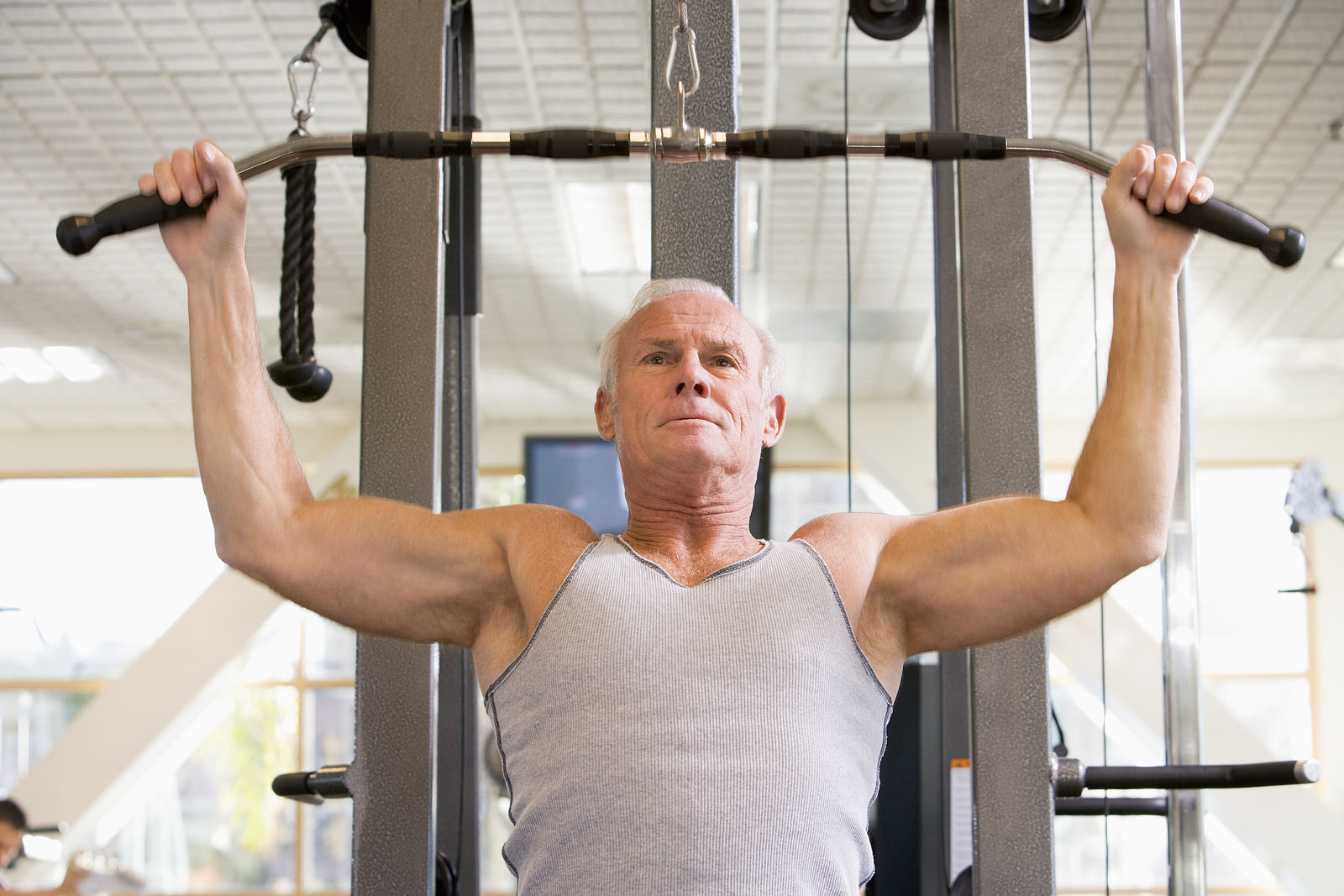The study that triggered this article is titled “Mechanisms by which Calorie Restriction Delays the Onset of Sarcopenia”, which I think misses the point entirely. The article points out that CR is very effective at life extension in short-lived species, but not nearly as effective in long-lived species such as we humans. Still a benefit, so why overeat at all; prudent advice.
The study (https://doi.org/10.18632/aging.103987) shows that CR delays the onset of sarcopenia – the rapid loss of muscle with aging – and that sarcopenia leads to numerous pathways to morbidity and death.
Epidemiological investigations have indicated that the muscle mass of the human body decreases by approximately 1.5% yearly after the age of 50 and by 2.5-3.0% yearly after the age of 60 [5, 6]. The incidence rate of sarcopenia among individuals over 80 years old is as high as 50% [7]. Studies have shown that a 10% decrease in muscle mass leads to a decrease in immune function and an increase in the risk of infection. A 20% reduction in muscle mass results in muscle weakness, a decreased ability to participate in activities of daily living, and an increased risk of falling. A 30% reduction in muscle mass results in disability, loss of independent living ability, and failure of wound and pressure ulcer healing. A 40% reduction in muscle mass results in a markedly increased risk of death from pneumonia, respiratory dysfunction, etc. [8]. In addition, muscle is a protein repository and the primary tissue site of glycolipid metabolism. Muscle is responsible for the consumption of nearly 80% of the body’s glucose content, and its resting metabolic rate accounts for 30% of the entire body’s resting metabolic rate [9].
The main manifestations of sarcopenia in elderly individuals are a decreased cross-sectional area of muscle fibers and reduced muscle strength and function [10]. Clinical studies have shown that the reduction in muscle mass is much greater in the lower limbs than in the upper limbs [8]. Gait speed or the short physical performance battery (SPPB) are commonly used to assess muscle function [11]. Muscle strength tends to decrease with age, as manifested by reduced grip strength and knee joint extension, weakened hip joint bending activity, decreased pace, and increased time to maximal muscle contraction compared with those of young individuals [12]. Additionally, the number and the proliferation and differentiation abilities of muscle stem cells (MuSCs), which play an important role in muscle cell regeneration, are reduced. The number of MuSCs in aged mice is 50% lower than that in young mice [13].
OK – CR delays sarcopenia; but so does weight training, and more importantly, weight training reverses muscle loss at every age. Numerous studies over the last 50 years show that resistance training works to rebuild muscle at every age, often in spite of other co-morbidities and disease states. The study provides explanations of several metabolic pathways that are functionally improved by CR, all of which improve quality of life, at all stages of aging, but ends with questions about what constitutes an optimum approach to accomplishing CR for humans. But the impact of CR on many of the metabolic functions involved in extending health-span is very much worth reading, and putting to work in our lives.
“Sarcopenia is a prominent manifestation of human weakness and aging, presenting as the loss of skeletal muscle mass and strength with aging. Delaying aging while promoting healthy aging has historically been a challenge for humans. The protective effects of CR on sarcopenia are manifested as improved protein quality, maintenance of muscle strength, and enhanced muscle function, and these effects may be achieved via mitigation of cellular oxidative stress, promotion of mitochondrial function, alleviation of the inflammatory response, inhibition of apoptosis and activation of autophagy, and other mechanisms.
However, the relationships between CR and genetics, sex, animal strain, regimen duration and energy intake level are complex. From a translational therapeutic perspective, determining the proper timing and application method of CR to prevent sarcopenia in humans, especially in elderly adults, is challenging, as CR exacerbates weight loss in elderly individuals. Therefore, further study on CR and sarcopenia is highly important for the aging population.”
I have implemented a form of CR in my eating patterns by restricting my eating to a 9 hour window: I eat breakfast about 10 AM and finish dinner by about 7 PM. Depending on my activities, I may eat lunch about 2 PM, or not. I don’t snack between meals. I supplement to insure I get all the nutrients needed for complete nutrition regardless of my caloric intake, and I lean toward a very low carbohydrate intake, with ample fats and protein to maximize muscle function and minimal fat stores. At age 81 my muscle mass is significant, and I can push and pull some vey respectable weights. So yes, by all means, learn to eat modestly to enable the benefits of CR, but for the best strategy to improve muscle function at every age, adopt a resistance training lifestyle and never give it up.
To your Greater Health and Fitness –
Frank
Frank Wilhelmi - Retired/consultant electronic engineer researches and reports practical strategies for optimizing health and fitness into advanced age. “I have a passion for living life to the fullest, and helping others to do the same.” A rapidly growing body of knowledge now enables us to extend our health and fitness decades beyond popular expectations.

